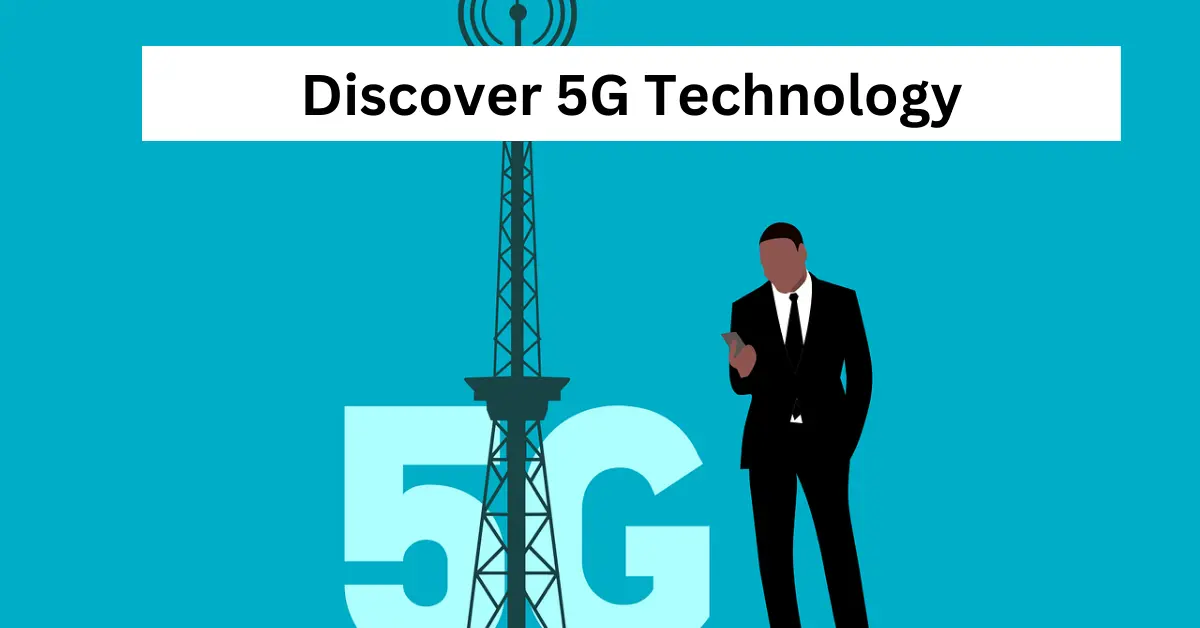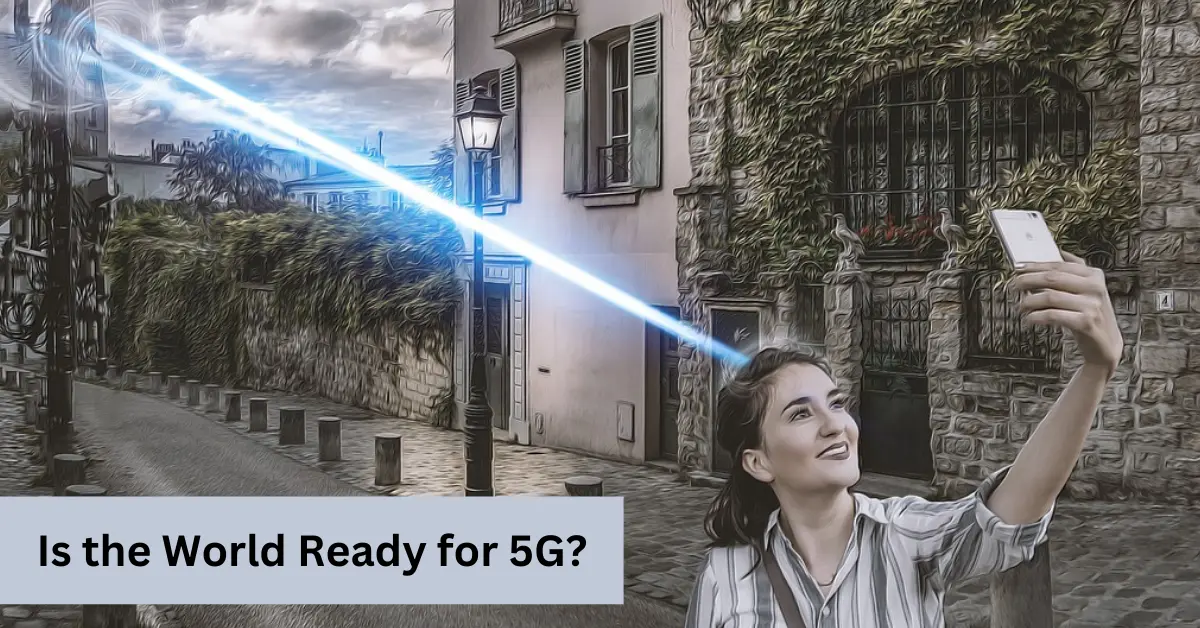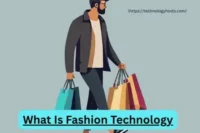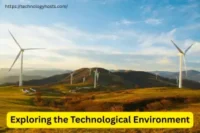Discover 5G Technology: Faster Speeds, Better Connections
Published: 12 Dec 2024
The world is moving faster than ever, and 5G technology is at the forefront of this transformation. Promising speeds up to 100 times faster than its predecessor, 4G, 5G is not just about faster internet—it’s about revolutionizing the way we live, work, and connect.
In this guide, we’ll explore what 5G is, how it works, its benefits, challenges, and real-world applications.Discover 5G Technology:

What is 5G Technology?
5G stands for the fifth generation of mobile networks. It’s the latest advancement in wireless communication technology, designed to deliver ultra-fast speeds, lower latency, and connect millions of devices simultaneously.
Unlike 4G, which focuses primarily on improving mobile internet speeds, 5G is built to support a wide range of applications, from smart homes and autonomous vehicles to healthcare innovations and smart cities. Discover 5G Technology: With its advanced capabilities, 5G is more than just an upgrade—it’s the backbone of future technologies.
.what is information technology
.What is IoT (Internet of Things)
What is the Advantage of the 5G Network over the 4G Network
The advantage of the 5G network over the 4G network lies in its ability to deliver significantly faster speeds, lower latency, and greater connectivity. While 4G supports peak speeds of up to 1 Gbps, 5G can reach up to 10 Gbps, allowing users to download high-definition movies in seconds.
Additionally, 5G’s ultra-low latency—dropping from 50 milliseconds in 4G to as low as 1 millisecond—enables real-time applications like autonomous vehicles and remote surgeries. Moreover, 5G supports a much higher device density, seamlessly connecting millions of IoT devices in smart cities and industrial applications, making it a transformative leap over 4G.
Why Does 5G Matter?
It enables real-time communication, making technologies like remote surgeries and autonomous driving possible.
5G networks can handle significantly more connected devices, paving the way for IoT (Internet of Things) innovations.
Its low latency makes lag-free experiences a reality, transforming gaming, virtual reality, and augmented reality. Discover 5G Technology:
How Does 5G Work?
5G relies on cutting-edge technologies and infrastructure to deliver its game-changing performance. Here’s a breakdown of how it works:
High-Frequency Spectrum
5G uses a broader range of frequencies, including millimeter waves (mmWave). These high-frequency waves allow faster data transmission but have a shorter range, requiring more infrastructure.
Small Cells
Unlike 4G towers that cover large areas, 5G relies on small cells—compact, low-power stations installed in high-density areas like cities or stadiums. This ensures consistent connectivity in crowded spaces.
Beamforming
5G uses a technique called beamforming, which directs signals toward specific devices instead of broadcasting them broadly. This improves signal strength and reduces interference.
Network Slicing
5G can divide its network into slices, each optimized for a specific application. For example, one slice can prioritize emergency services, while another focuses on streaming entertainment.
Is the World Ready for 5G?

The world is steadily gearing up for 5G, but the readiness varies by region. Discover 5G Technology:
Urban areas in developed countries are already embracing 5G with widespread infrastructure and compatible devices. However, challenges like high deployment costs, rural coverage gaps, and device accessibility remain barriers in some parts of the world.
As industries, governments, and telecom providers invest heavily in expanding 5G networks, the global transition is accelerating. With its potential to revolutionize communication, healthcare, and technology, 5G is set to transform lives—but achieving universal readiness will take time and collaboration.
What is 5G supposed to do?
5G is designed to revolutionize how we connect and communicate by delivering ultra-fast internet speeds, low latency, and the ability to handle millions of devices simultaneously.
It’s not just about faster downloads—5G enables real-time applications like autonomous vehicles, remote surgeries, and immersive virtual reality experiences. By supporting smart cities, IoT devices, and advanced industries, 5G aims to create a more connected, efficient, and innovative world, transforming everyday life and work in ways we’ve only imagined before.
concerns with 5G
While 5G technology promises transformative benefits, it also raises significant concerns. One major issue is data privacy and security, as the increased number of connected devices creates more entry points for cyberattacks. Health concerns have also been a topic of public debate, although scientific studies have yet to confirm any adverse effects from 5G radiation.
Additionally, infrastructure challenges such as the high cost of deployment and the need for dense networks of small cell towers make implementation difficult, especially in rural areas.
Device compatibility is another concern, as older devices cannot support 5G, requiring costly upgrades for consumers. Lastly, global inequality in 5G rollout means that while some regions enjoy the benefits of faster speeds, others lag due to financial and logistical constraints .Discover 5G Technology: Addressing these concerns is vital to ensure the safe and equitable adoption of 5G technology worldwide.
Benefits of 5G Technology
Transforming Connectivity
5G brings faster, seamless internet experiences to users. From buffer-free video streaming to ultra-responsive gaming, 5G changes how we consume content.
Enabling Real-Time Applications
The low latency of 5G is a game-changer for technologies that require instant communication, such as:
Autonomous Vehicles: Cars can communicate with each other and infrastructure in real-time to avoid collisions.
Remote Healthcare: Doctors can perform surgeries remotely with robotic arms, thanks to lag-free connectivity.
Supporting Smart Cities
5G is a critical enabler of smart cities, where interconnected systems manage everything from traffic lights to waste collection. This leads to improved efficiency and sustainability.
Enhancing Industrial Automation
Factories equipped with 5G can monitor machinery in real-time, reduce downtime through predictive maintenance, and optimize workflows with automated robots.
Boosting Entertainment
The enhanced bandwidth and low latency of 5G elevate gaming, virtual reality (VR), and augmented reality (AR) experiences. Cloud gaming services like Google Stadia thrive on 5G connectivity.
Applications of 5G Technology
5G isn’t just faster internet—it’s a foundation for technological advancements across industries. Here are some real-world applications: Discover 5G Technology:
| Quiz: Test Your Knowledge About 5G |
|---|
|
A) 5th Generation A) 2x faster A) Lower battery usage |
5G is being rolled out globally, but its availability varies by region. While urban areas in developed countries have wide coverage, rural and remote areas still face limited access due to infrastructure challenges.
yes, you need a 5G-compatible smartphone or device to access 5G networks. Most new flagship smartphones support 5G, but older models and budget phones may not be compatible.
Proudly powered by WordPress






